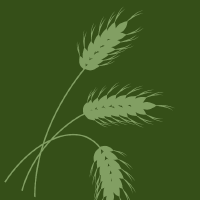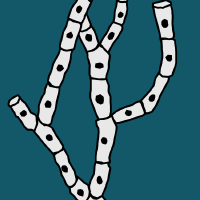Topic Menu
► Topic MenuTopic Editors



Interaction between Plants and Fungi and Oomycetes
Topic Information
Dear Colleagues,
Plant–fungal interactions are involved in various aspects of plants, the environment, agriculture, etc. Fungi can have both negative and positive effects on plant growth, and fungal pathogens causing plant diseases result in huge losses in crop yields every year. Therefore, how to reduce or eliminate the negative effects of fungi on plants is a hot topic of current research. At the same time, understanding the mechanisms of interaction between fungi and plants can also lay a scientific basis for protecting plants from fungi. The Special Issue will focus on both positive and negative modulations in plant morphology, metabolism, and health by plant-associated fungi, as well as on the effect of plant extracts on fungal survival.
Dr. Ana P. G. C. Marques
Dr. Nadia Massa
Dr. Santa Olga Cacciola
Topic Editors
Keywords
- plant–fungal interaction
- biocontrol
- agriculture
- plant diseases
- mycology
- oomycetes
- ecology of plants and fungi
Participating Journals
| Journal Name | Impact Factor | CiteScore | Launched Year | First Decision (median) | APC |
|---|---|---|---|---|---|

Agriculture
|
3.6 | 6.3 | 2011 | 18 Days | CHF 2600 |

Agronomy
|
3.4 | 6.7 | 2011 | 17.2 Days | CHF 2600 |

Crops
|
1.9 | 2.4 | 2021 | 23.5 Days | CHF 1200 |

Journal of Fungi
|
4.0 | 8.4 | 2015 | 18.2 Days | CHF 2600 |

Plants
|
4.1 | 7.6 | 2012 | 17.7 Days | CHF 2700 |

Preprints.org is a multidisciplinary platform offering a preprint service designed to facilitate the early sharing of your research. It supports and empowers your research journey from the very beginning.
MDPI Topics is collaborating with Preprints.org and has established a direct connection between MDPI journals and the platform. Authors are encouraged to take advantage of this opportunity by posting their preprints at Preprints.org prior to publication:
- Share your research immediately: disseminate your ideas prior to publication and establish priority for your work.
- Safeguard your intellectual contribution: Protect your ideas with a time-stamped preprint that serves as proof of your research timeline.
- Boost visibility and impact: Increase the reach and influence of your research by making it accessible to a global audience.
- Gain early feedback: Receive valuable input and insights from peers before submitting to a journal.
- Ensure broad indexing: Web of Science (Preprint Citation Index), Google Scholar, Crossref, SHARE, PrePubMed, Scilit and Europe PMC.

